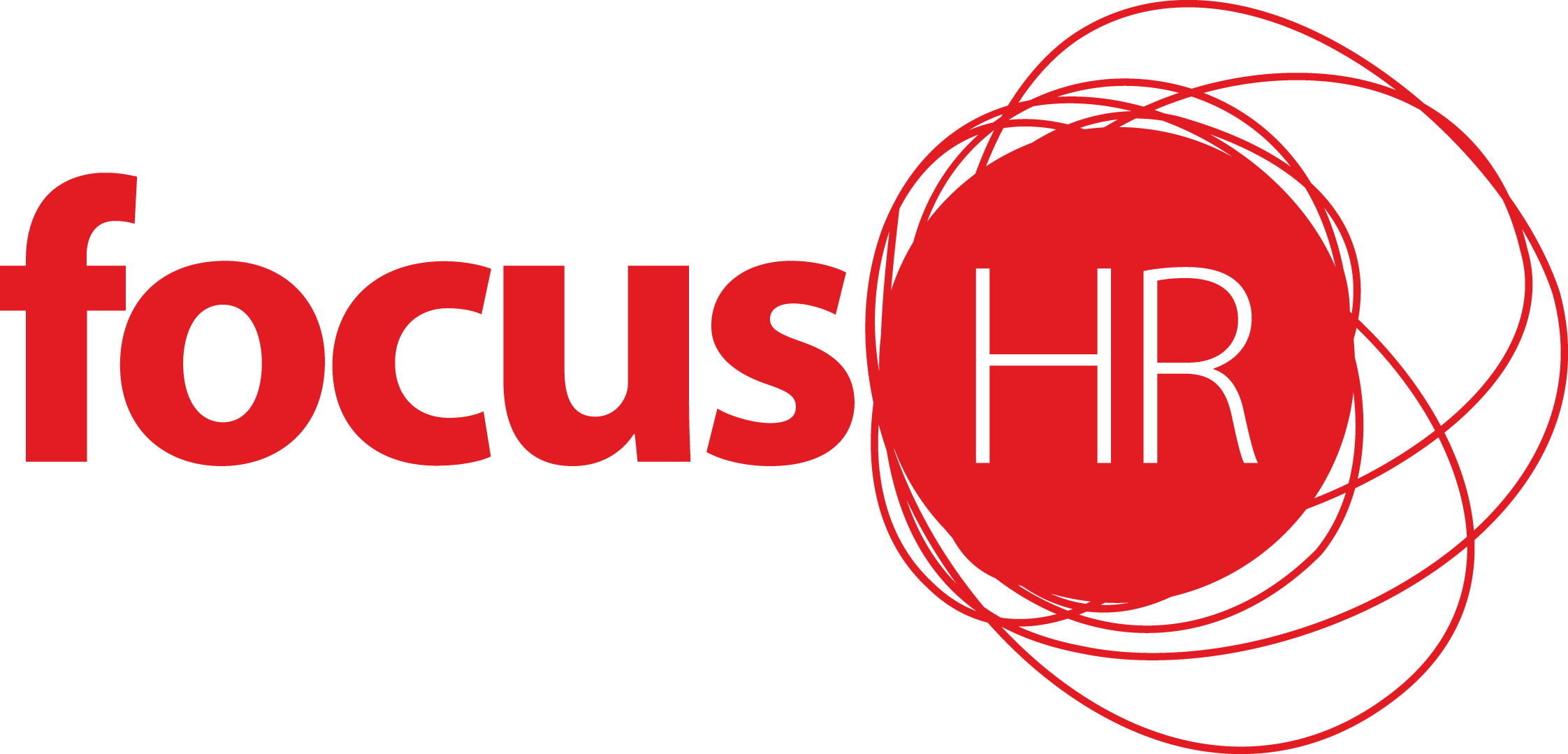The Fair Work Commission (FWC) announced the 2025 minimum wage review outcome on June 3, 2025. The decision included that:
-
This is a 3.5% increase to minimum award wages.
-
The national minimum wage will increase to $948.00 per week or $24.95 per hour.
-
These changes will take place from the first full pay period starting on or after July 1, 2025.
The FWC’s announcement provided interesting context around their decision. You can view the full decision here; or watch the replay of the hearing here.
To understand the impact of the FWC’s national minimum wage decision, it is relevant to know that only 20.7% (approximately 2.6 million people) of the workforce are paid in accordance with minimum wage rates in modern awards. That means it is only that percentage that are directly impacted by the decision. This cohort are mostly female, part-time or casual, working in the industries of accommodation and food services, health care and social assistance, retail trade, and administrative and support services, and more likely to be lower paid. Because of the portion that are casual and part-time, employees on the minimum rates only make up 10.5% of the national wage bill.
FWCs brief is to make the decision on the national minimum wage, taking into account relative living standards, the needs of the low paid, workforce participation, performance and competitiveness of the national economy, and need for gender equality.
The FWC also took into account that employees will receive a 0.5% increase in the Superannuation Guarantee.
Submissions received in the lead up to the decision ranged from 2% put forward by the Council of Small Business Organisations Australia (COSBOA) all the way up to 14.5% each year for 4 years, unsurprisingly put forward by the AMWU.
The RBA figures show an annual trimmed mean CPI rate of 2.8% as at end April 2025, compared to the NMW increase of 3.5%. This is positive for the 20.7% of individuals reliant on the minimum Award rates as since July 2021, those employees have suffered a reduction in real wage rates. This is primarily a result of high inflation during 2021 and 2022 and the last 3 annual wage review decisions not fully countering this out of concern that it would result in higher inflation.
The Reserve Bank of Australia has now assessed that Australia’s inflation rate has now returned to a sustainable 2-3% and so the Commission is taking the opportunity to partially balance out the previous erosion on NMW with an increase that is greater than the CPI.
However, labour productivity is still no higher than it was 5 years ago and productivity growth has only recently returned to a positive. Essentially, this means that, while the wages have been increasing over the past 5 years, as well as inflation; the actual productivity that we are generating from our workforce is stagnant – so everyone is paying more for labour, and more for products & services but the amount actually being produced is not increasing. That is not a sustainable equation no matter which way you run the figures.
Fair Work will release updated figures for each of the Modern Awards over the next few weeks. These updates may include increases in allowance amounts. So, while it is good to be prepared and budget for the increase we recommend waiting until those Award-specific figures are released to avoid double handling and potential errors.
We will let you know as soon as the Award specific rates are released.
If you would like our assistance in checking your Award compliance, please reach out to us. We are scheduling in clients now for wage compliance checks so please reach out so we can get the ball rolling and have updated figures ready before your first full pay run post 1 July 2026.

